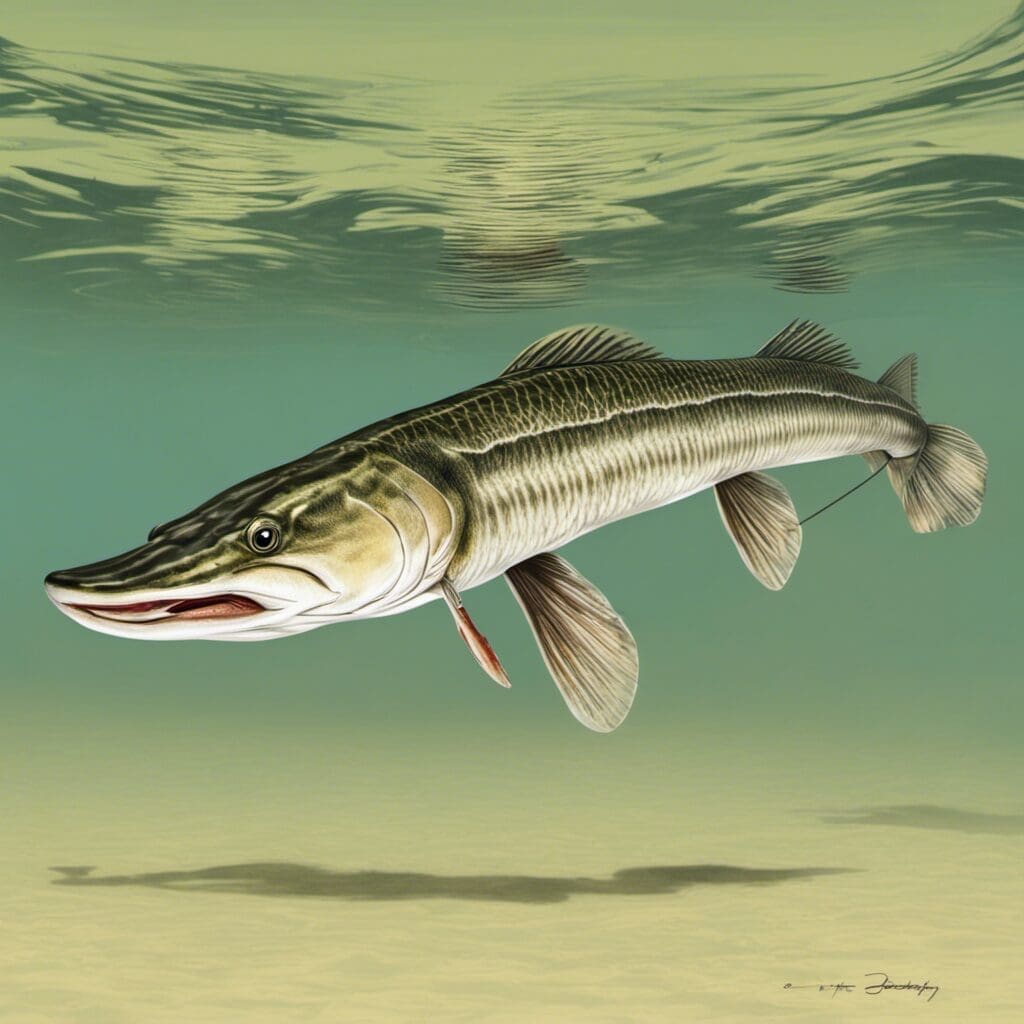Introduction
The Florida Gar, scientifically named Lepisosteus platyrhincus, is a unique freshwater fish that belongs to the Lepisosteidae family. Known for its elongated, torpedo-like body and distinctive diamond-shaped scales, it’s a favored species among anglers in North America.
Conservation Status
The Florida Gar is currently listed under the “Least Concern” category by the International Union for Conservation of Nature (IUCN). Conservation efforts, while not definitive due to the species’ stable status, primarily focus on maintaining healthy freshwater ecosystems essential for their survival.
Statistics
| Statistical Category | Average | Range |
|---|---|---|
| Length | 24 inches | 12 – 39 inches |
| Weight | 1 – 2 lbs | 0.5 – 3.5 lbs |
| Lifespan | 10 – 15 years |
Distribution
The Florida Gar is primarily found in the southeastern regions of the United States, especially within Florida and Georgia. These freshwater creatures are sedentary, showing no significant migration patterns.
Habitats
Florida Gars thrive in slow-moving, warm freshwater habitats that include lakes, rivers, and swamps.
- Water Type: Freshwater
- Depth Range: Shallow to mid-depth waters
- Temperature Range: Warm tropical climates
When and Where to See
The Florida gar tends to be more active during the warmer months, particularly from March to September. Regardless of season, they are primarily nocturnal, most active during the late evening and at night.
Best Fishing Locations
Famous fishing spots for Florida Gars include:
- Lake Okeechobee, Florida
- St. Johns River, Florida
- Pee Dee River, South Carolina
- Altamaha River, Georgia
- Suwannee River, Florida/Georgia
How to Catch
The preferred bait for fishing Florida Gars often includes small fish like minnows and shiners. Conventional fishing rods and fly-fishing techniques can be used, with nighttime fishing yielding the best results.
Identification Guide
The Florida Gar possesses a long, thin body covered in diamond-shaped, interlocking scales. They are typically greenish or brownish, with small, sharp teeth in a long snout. Florida Gars are often mistaken for similar species like the Longnose Gar, but can be distinguished by their broader snout and different scale pattern.
Culinary
Florida Gar isn’t typically a fish known for its culinary uses. However, its firm and flavorful meat can make tasty dishes if cooked correctly. While there’s no specific nutritional information available, as with many fish, it’s likely to be high in protein and potentially beneficial omega-3 fatty acids.
Additional Information
The Florida Gar is a versatile predator, feeding primarily on fish but also consuming crustaceans and insects. Natural threats include larger aquatic predators, while human-induced threats primarily involve habitat loss and pollution. There is minimal folklore or historic significance associated with the species.
References and Further Reading
For further information about the Florida Gar, consider resources such as the Florida Fish and Wildlife Conservation Commission and Fishbase.org. Both provide extensive information about the species, their habitats, and techniques to fish for them.

